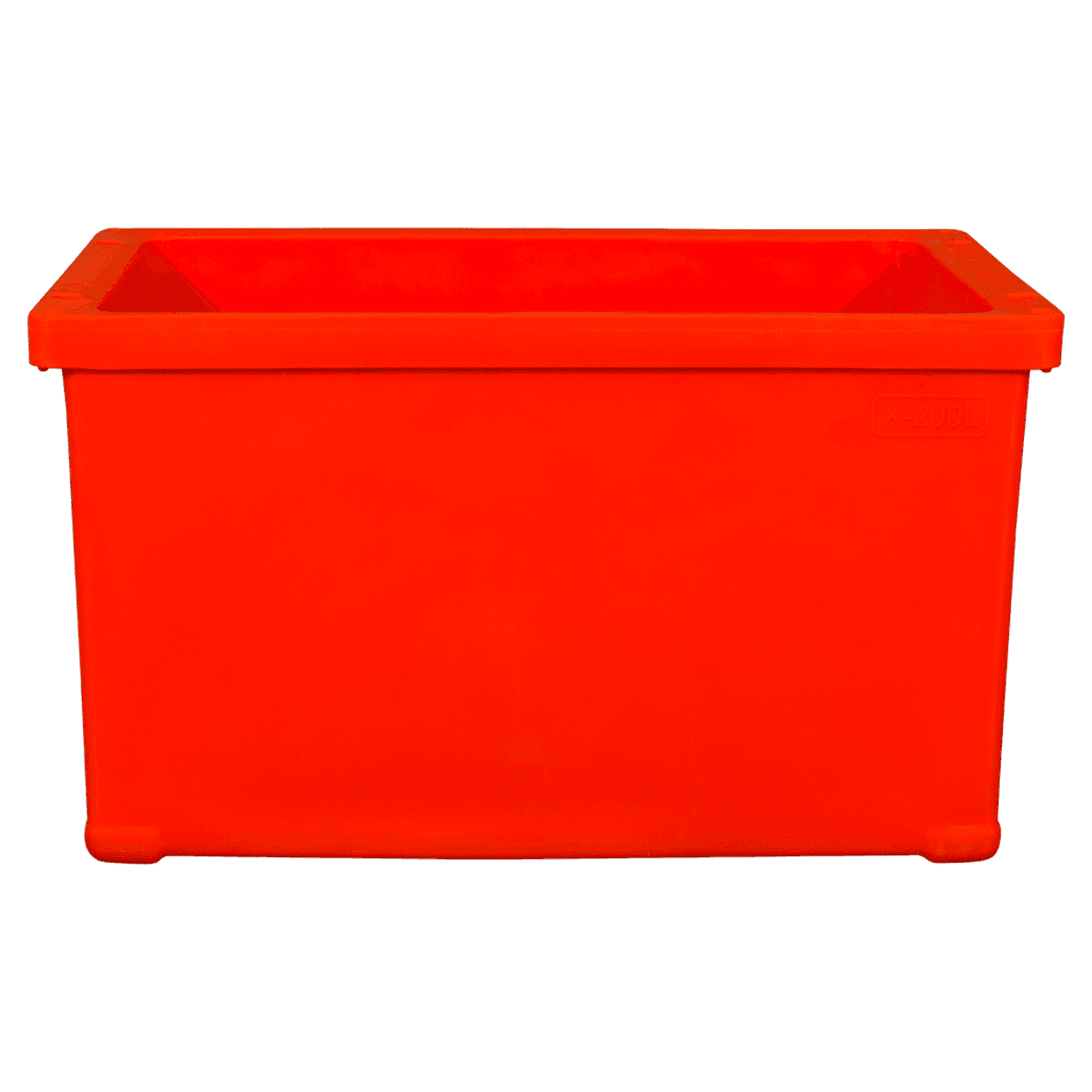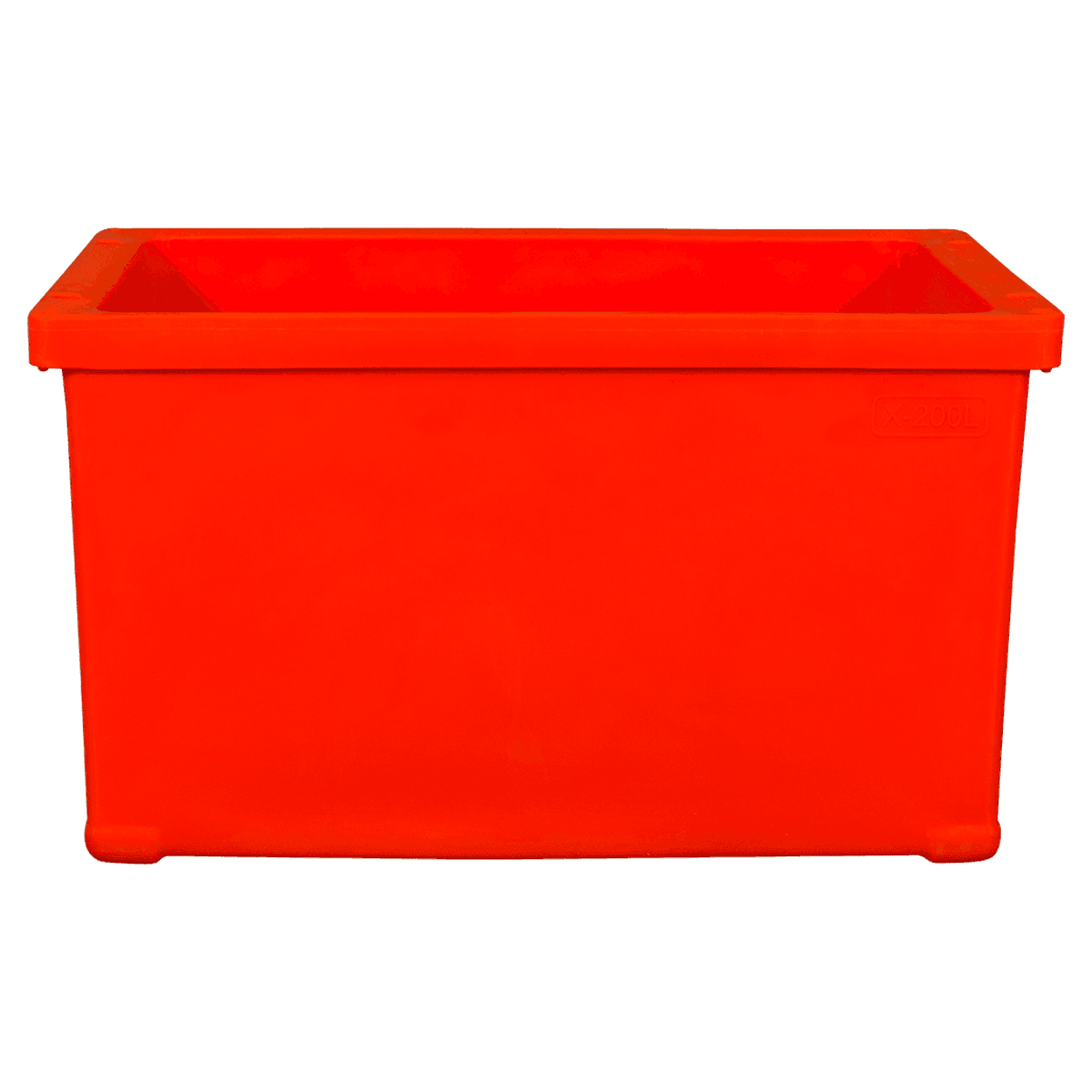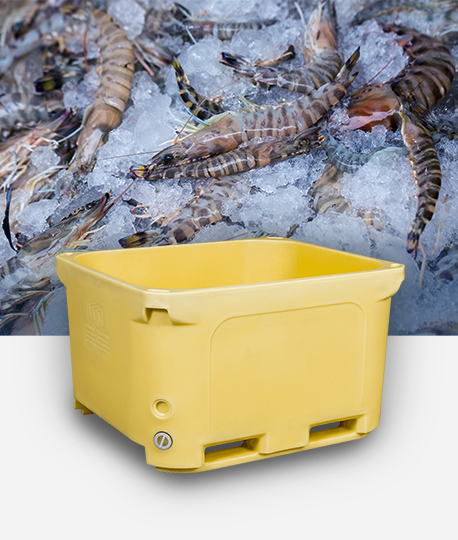Seamless molding technology is a cornerstone of Boats and docks use containers, particularly for boats and docks, where durability, performance, and reliability are paramount. This advanced manufacturing technique provides a unique combination of features that make it indispensable for marine applications.
One of the most important advantages of seamless molding is the enhanced durability and strength it imparts to Boats and docks use containers. Traditional container manufacturing methods often involve seams, joints, or welded sections, which can become weak points under pressure. These weak points may crack or break over time, especially when containers are exposed to the harsh marine environment, with constant exposure to saltwater, UV rays, and physical impact. Seamless molding eliminates these vulnerabilities by creating a single, continuous structure that is much more resilient to wear and tear. This ensures that the containers used on boats or docks are capable of withstanding the demands of long-term use in difficult conditions.
Another critical benefit is the ability of seamless molding technology to produce Boats and docks use containers that are completely waterproof and leak-proof. In the marine environment, containers need to keep their contents safe from water damage. Whether it’s storing food, fuel, or sensitive equipment, any leak could lead to significant damage or spoilage. Seamless molding creates a perfect, uniform seal, ensuring that the container is fully watertight. This is particularly crucial for marine containers, as they often need to withstand immersion or exposure to water without compromising the integrity of the stored items. The absence of seams means there are no potential areas where water can seep through, providing reliable protection against the elements.
In addition to ensuring water resistance, seamless molding also facilitates the incorporation of thermal insulation materials directly into the container. For boats and docks, maintaining a stable internal temperature is often critical—whether for perishable items, equipment, or fuel. Containers manufactured with seamless molding technology can integrate insulating materials, such as polyurethane (PU) filling, which enhances their ability to retain or maintain temperature. This is particularly valuable in the marine environment, where extreme temperatures and fluctuating weather conditions can put stress on stored items. The seamless design helps to evenly distribute insulation, providing better thermal control than traditional methods, which might leave gaps or inconsistencies.
Seamless molding also allows for the creation of Boats and docks use containers that do not sacrifice strength or functionality. Traditional container designs often require additional parts, such as reinforcements or joints, which can add unnecessary weight. However, the seamless nature of these containers reduces the need for extra structural elements, making them lighter and easier to handle, move, and secure on boats or docks. For applications where weight is a concern, this is a significant advantage, as it improves both the portability and storage efficiency of the containers. The smooth, continuous surface of seamless molded containers also makes them easier to clean and maintain, reducing the buildup of debris or dirt in corners and seams.
Seamless molding provides a higher level of structural integrity. Without joints or seams, these containers maintain their form and functionality better than containers made using traditional construction methods. Seams and joints are common points of failure in containers, often subject to wear and stress over time. A container made with seamless molding is not only stronger but also less prone to damage from impacts, UV exposure, or the stresses of loading and unloading on boats or docks. This makes seamless molded containers an excellent choice for long-lasting, reliable storage solutions in marine environments.
The flexibility and customization options offered by seamless molding are another reason why it is so essential for marine containers. Manufacturers can design and produce containers with specific shapes, sizes, and configurations tailored to the unique needs of boats, docks, or other marine-related applications. Customizable features such as internal dividers, handles, or reinforced areas can be integrated during the molding process, offering more versatile storage solutions. This adaptability ensures that containers fit into the available space effectively, while still maintaining the necessary durability and functionality. For businesses and consumers alike, the ability to customize marine containers to suit particular requirements offers significant advantages in terms of efficiency and practicality.


 English
English Español
Español عربى
عربى 中文简体
中文简体
-4.png)
-4.png)
-2.png)

-2.png)
-2.png)




